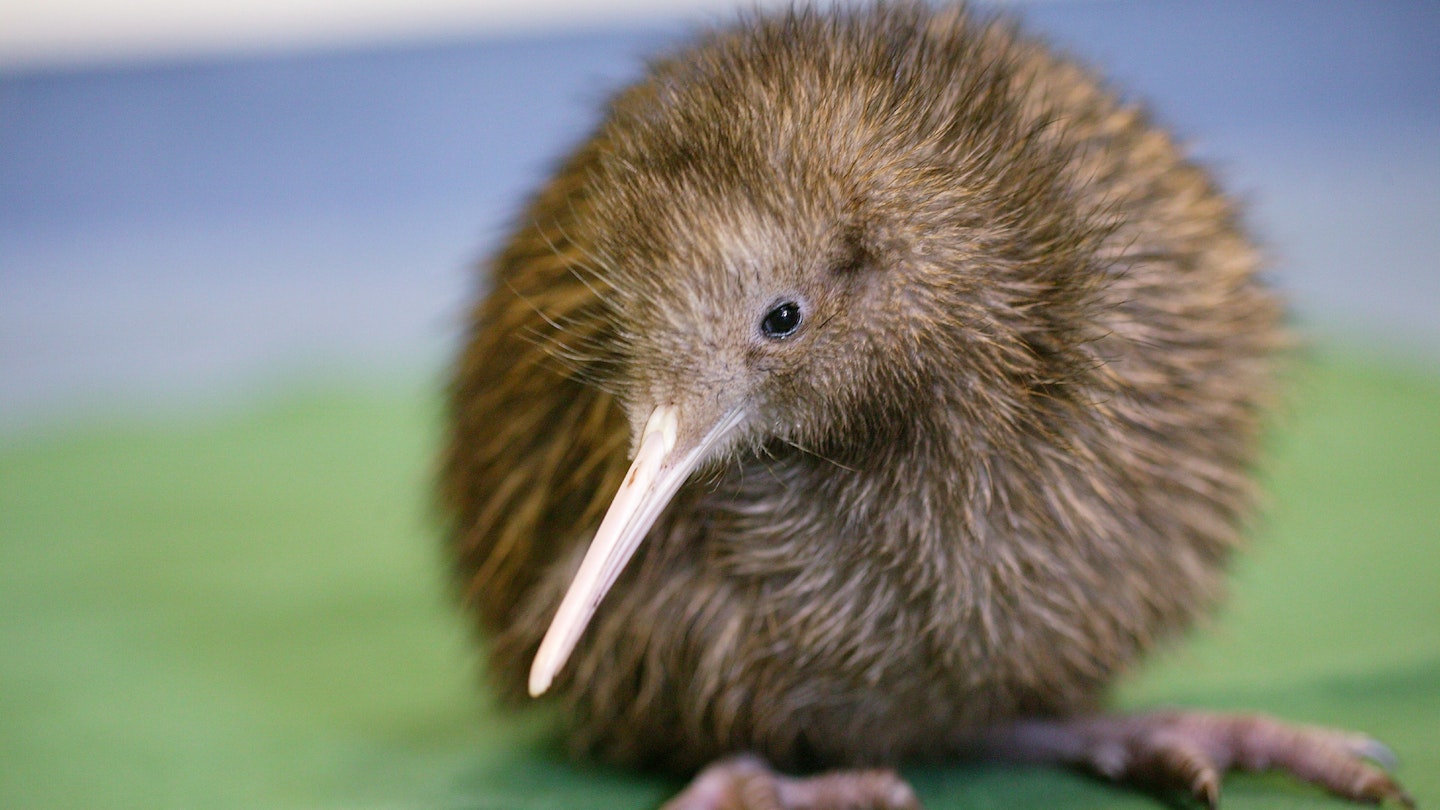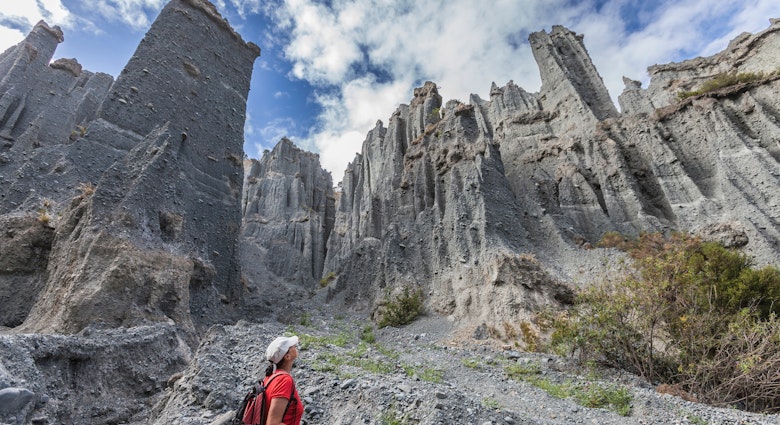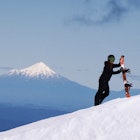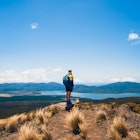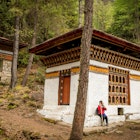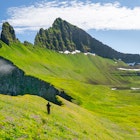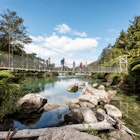The National Kiwi Hatchery Aotearoa is celebrating the arrival of their 2,000th chick. Viewers around the world tuned in to a livestream earlier today to watch the little feathered friend's arrival into the world.
The kiwi is an endangered species and the efforts at the hatchery, as well as other experiences around New Zealand, are crucial for its survival. To help you better understand how endangered the kiwi is, here are some key stats:
- Out of every 100 kiwi eggs laid in burrows in the forest, only five kiwi chicks will make it to adulthood
- By hatching the kiwi eggs in safety at the hatchery and caring for them until they reach a 'stoat-proof' weight of 1kg, their survival rate increases to 65%
- Without ongoing support, experts estimate the brown kiwi will be extinct in the wild within two generations
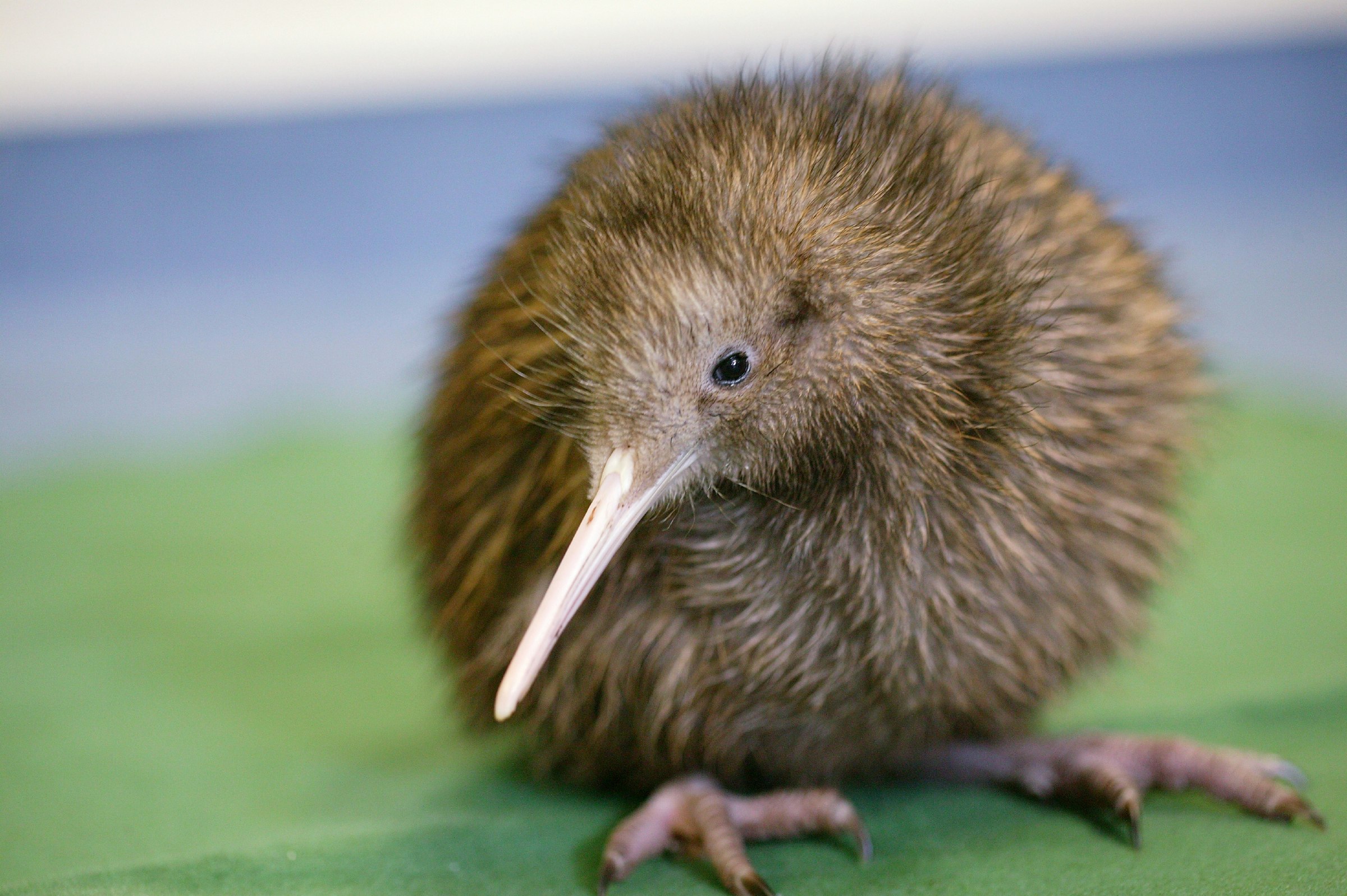
There are about 68,000 kiwi left in New Zealand and we are losing 3% of unmanaged kiwi every year. The National Kiwi Hatchery Aotearoa, at Rainbow Springs in Rotorua, is the leading kiwi hatchery in the world, incubating and hatching over 130 kiwi chicks each year – about 75% of all kiwi incubated and hatched ex-situ in New Zealand.
Welcoming their 2,000th chick is huge testament to the amazing work the team at the National Kiwi Hatchery Aotearoa have been doing since receiving their first kiwi egg in 1995.
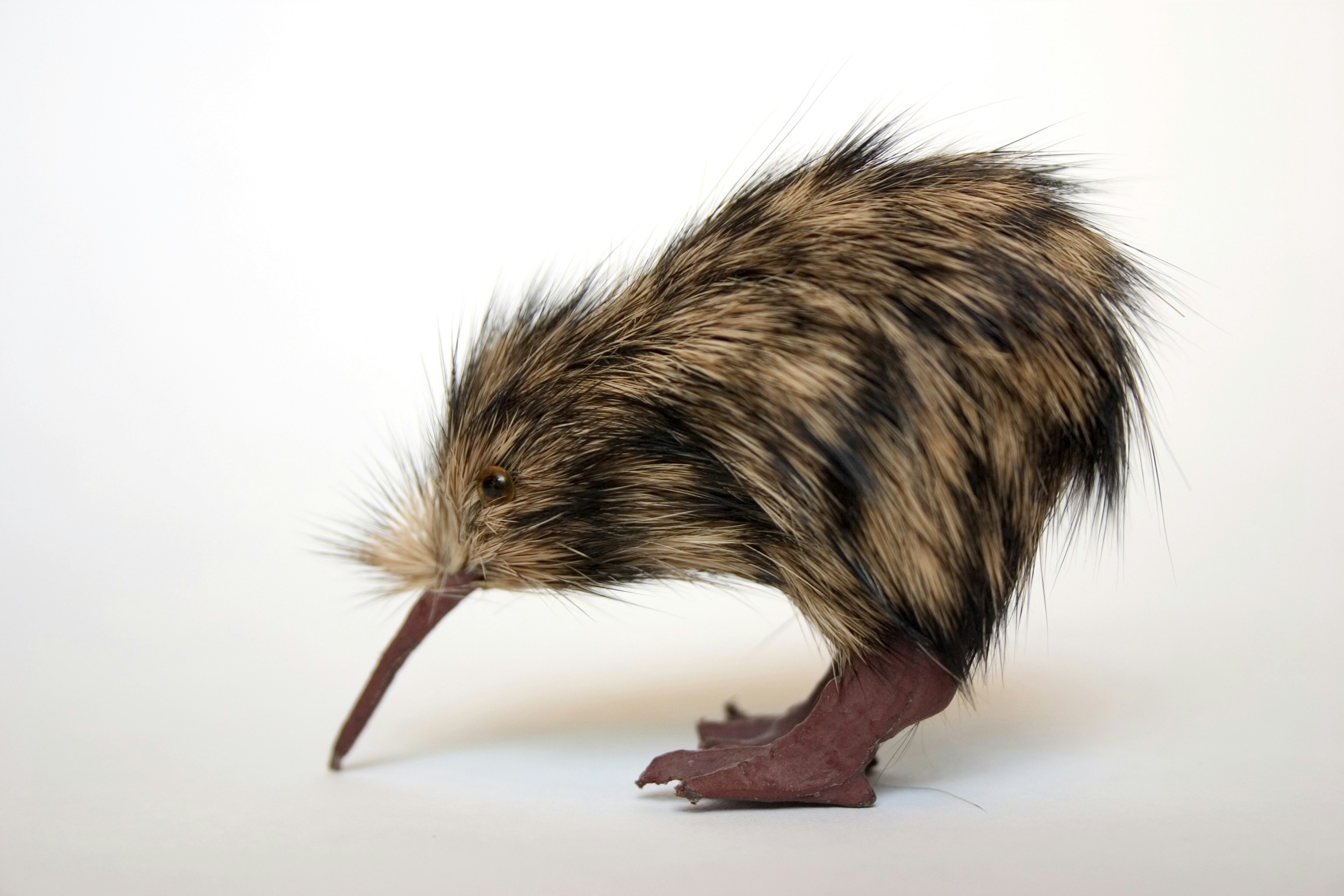
“We are thrilled to give the public this insider view of the arrival of this rare chick," spokesperson Helen McCormick said. "This is an important opportunity to raise awareness of a critically endangered species that is in rapid decline in the wild, and to learn about the important work the National Kiwi Hatchery Aotearoa is doing to care for and protect our kiwi."
After the chick has hatched, the team at the National Kiwi Hatchery will give it a full health check-up and then place it in a specially designed hatcher. After two days the chick will be moved to a brooder box - a creche for baby kiwi that’s a nice safe, warm place to grow up without having to worry about predators. At three weeks old, the chick will be released into an outdoor enclosure mimicking natural forest conditions, staying there until it grows to one kilogram in weight. After four to five months it will be returned to the wild, big enough to fend for itself in the face of any predators. Visitors to New Zealand can view the incubation and hatching work by purchasing a National Kiwi Hatchery tour when visiting Rainbow Springs in Rotorua. Rainbow Springs is owned and operated by Ngāi Tahu Tourism, which is also the National Kiwi Hatchery’s biggest sponsor.
If you're keen to keep abreast of the plight of the kiwi, be sure to tune into David Attenborough's Seven Worlds, One Planet series, which covers Australasia in the coming episode. Visitors can also see kiwi in the wild in other safe kiwi havens throughout New Zealand.
